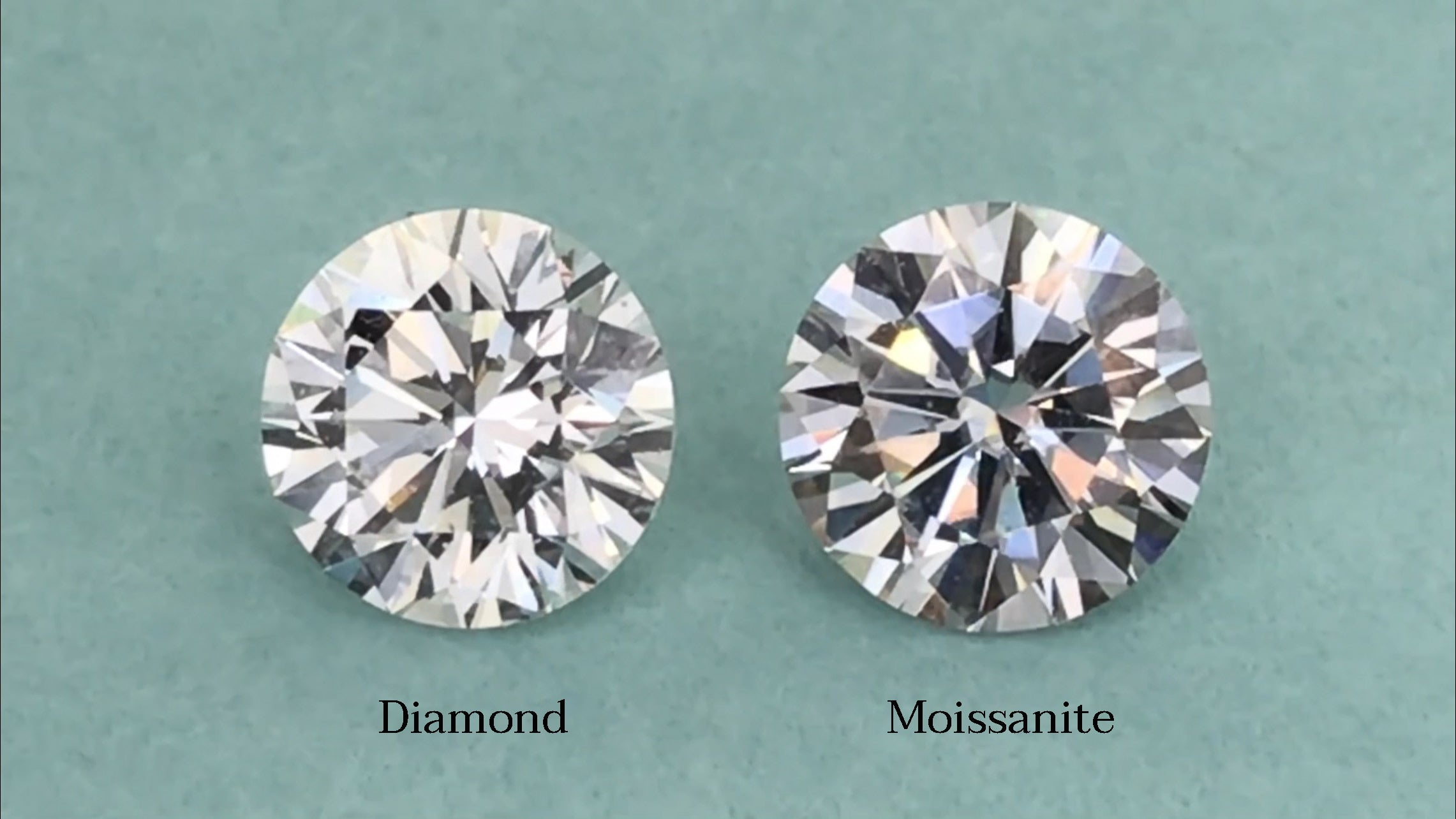
Diamond vs Moissanite: A Comprehensive Comparison
With regards to selecting a gemstone for engagement rings or fine gems, many purchasers find themselves debating between diamond vs moissanite. The two stones have their one of a kind characteristics and appeal, yet they contrast in several key aspects. This article will explore the distinctions, advantages, and disadvantages of diamonds and moissanites, helping you make an informed decision.
Understanding Diamonds
Diamonds are perhaps of the most sought-after gemstone, celebrated for their brilliance, hardness, and immortal beauty. Formed profound within the Earth under intense heat and strain, natural diamonds are an image of extravagance and responsibility. The diamond vs moissanite debate often starts with diamonds’ traditional allure, which has been celebrated for hundreds of years.
Diamonds are graded based on the “Four Cs”: cut, color, clarity, and carat weight. This grading framework surveys their quality and value, making it easier for purchasers to pick the right stone. While natural diamonds are mined, synthetic diamonds created in labs have become increasingly popular, offering an ethical and often more affordable choice.
Understanding Moissanite
Moissanite, then again, is a lab-created gemstone that intently looks like a diamond yet has its one of a kind properties. Discovered in 1893 by the French chemist Henri Moissan, moissanite is made of silicon carbide. The diamond vs moissanite comparison often features the fact that moissanite is more affordable than diamonds while as yet offering exceptional brilliance and fire.
Moissanite is often praised for its ethical sourcing, as it is created in a controlled climate, eliminating worries about struggle diamonds. Accordingly, many current purchasers are drawn to moissanite for its beauty and capable creation.
Brilliance and Fire
One of the critical contrasts in the diamond vs moissanite debate is the way each stone interacts with light. Diamonds have a one of a kind brilliance because of their high refractive index, which allows them to mirror and refract light beautifully. Nonetheless, moissanites are much more brilliant, boasting a higher refractive index than diamonds.
Moissanite also shows a rainbow-like impact, known as “fire,” which can some of the time be seen as excessively colorful compared to the more inconspicuous sparkle of a diamond. For the people who prioritize brilliance and fire, moissanite may be the favored decision.
Hardness and Durability
While discussing the diamond vs moissanite issue, hardness is another critical factor to consider. Diamonds are rated 10 on the Mohs scale, making them the hardest natural substance on Earth. This incredible hardness guarantees that diamonds are resistant to scratches and everyday wear.
Moissanite ranks somewhere in the range of 9.25 and 9.5 on the Mohs scale, making it exceptionally durable, however somewhat less so than diamonds. While moissanite is as yet suitable for everyday wear, purchasers who prioritize ultimate hardness may lean towards diamonds.
Value Comparison
One of the most compelling aspects of the diamond vs moissanite discussion is the cost distinction. Natural diamonds can be very costly, with costs varying significantly based on the Four Cs. In contrast, moissanite offers a more financial plan accommodating alternative, often costing 50-70% under a diamond of similar appearance.
For those on a tight spending plan or seeking a more ethical choice, moissanite presents an appealing arrangement without sacrificing beauty. Understanding your financial plan and inclinations is crucial while weighing the diamond vs moissanite decision.
Ethical Considerations
In the cutting edge gems market, ethical considerations play a significant job in purchasing decisions. The diamond vs moissanite debate often features the ethical sourcing of moissanite, as it is created in a lab rather than mined from the Earth. This eliminates concerns related to struggle diamonds, which can be associated with human privileges violations and environmental issues.
While there are ethical diamonds available, including lab-created diamonds, traditional diamond mining can in any case raise worries for certain buyers. Choosing moissanite allows purchasers to make a statement about their values without settling for less on beauty.
Final Contemplations: Diamond vs Moissanite
Ultimately, the decision between diamond vs moissanite boils down to personal inclinations and priorities. Diamonds offer an immortal, sumptuous appeal with unmatched hardness, while moissanite gives a brilliant, affordable, and ethically-obtained alternative.
While making your decision, consider factors like financial plan, ethical considerations, and the esthetic qualities that matter most to you. Whether you pick a diamond or moissanite, the two choices can create stunning bits of gems that represent love and responsibility.
